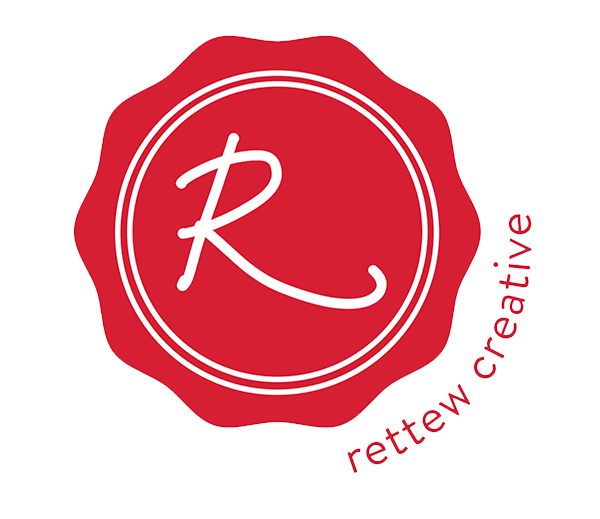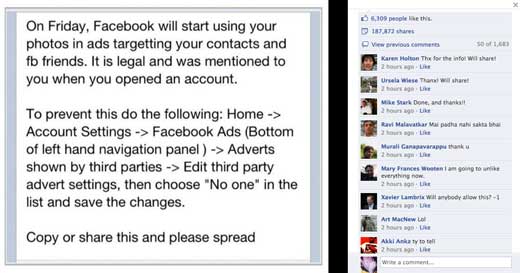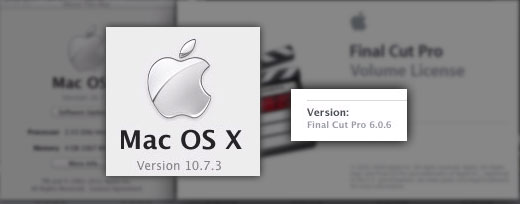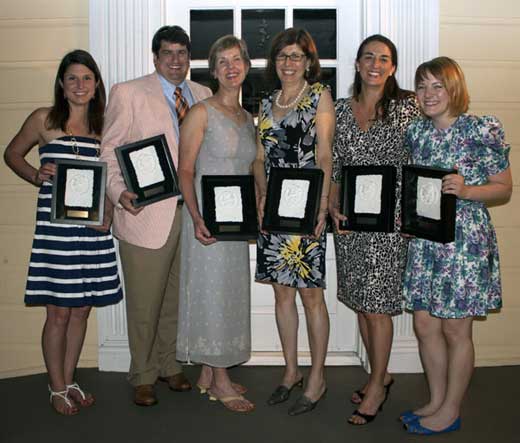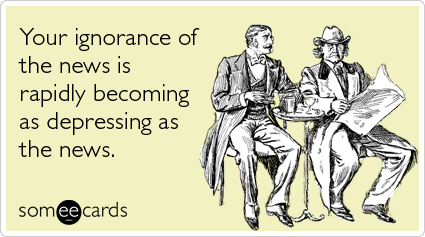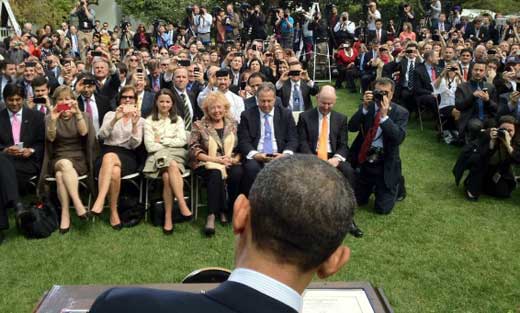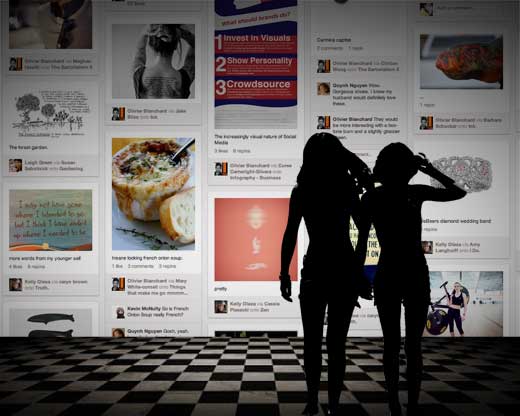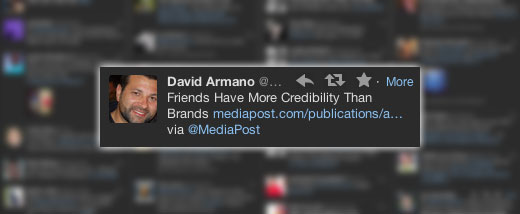You see this…yes, this is being passed around online. All over Facebook, people are sharing this…FAST. I think this one image has been shared over 187K times, and we are eating it up and sharing it faster than some funny YouTube video. The viral effect of social conspiracy theory has invaded our online space like funny looking martians…and the idea we are being watched by big brother is ALL AROUND.
Guess what…it is not a conspiracy.
Here is another one of my favorites that people are sharing on Facebook:
“PRIVACY NOTICE: Warning – any person and/or institution and/or Agent and/or Agency of any governmental structure including but not limited to the United States Federal Government also using or monitoring/using this website or any of its associated websites, you do NOT have my permission to utilize any of my profile information nor any of the content contained herein including, but not limited to my photos, and/or the comments made about my photos or any other “picture” art posted on my profile.
You are hereby notified that you are strictly prohibited from disclosing, copying, distributing, disseminating, or taking any other action against me with regard to this profile and the contents herein. The foregoing prohibitions also apply to your employee , agent , student or any personnel under your direction or control.
The contents of this profile are private and legally privileged and confidential information, and the violation of my personal privacy is punishable by law. UCC 1-103 1-308 ALL RIGHTS RESERVED WITHOUT PREJUDICE”
People are copying and pasting this into their status’s faster than their internet connection will allow them. WAKE UP AND SMELL THE COFFEE.
This is what I know:
1 – Big brother is watching us –> Google Maps
2 – Facebook is FREE
3 – Facebook is monetizing our data
4 – Twitter is FREE
5 – Twitter is monetizing our data
6 – Google is FREE
7 – Google is monetizing our data
8 – Elvis is STILL ALIVE…maybe?
9 – I just used Google to search “Is Elvis still alive?”
OK…back to the important discussion…
Who the heck are we to use something like Facebook, Twitter, Google and sit back an expect them not to monetize it. When we sign-up, we knowingly accept the fact that we are uploading content, pictures, impressions, etc. and it is going to be used/leveraged to generate their income.
Are we that naive or has Facebook, Twitter, Google, and other online media outlets leveraged the fact that we want more for nothing, while they make it harder for us to opt-out of leveraging our information.
How many people do you know upload all their pictures to Facebook as a primary storage device. Specifically they use Facebook as their photo album. Each picture takes space, it takes bandwidth, it has an ecological impact on our local environments…the data centers that support this information. We as consumers pay NOTHING for this…NOTHING. We are getting so much for NOTHING and yet we expect the businesses who spend billions to support these infrastructures not leverage that information to generate revenue.
When is the last time you gave away all your intellectual power and knowledge for free. Yes, you probably donate your time and energy to certain causes, non-profits, churches, initiatives, etc. But could you do that full time…NO. You have to pay the mortgage, gas, electricity, etc. There is no such thing as a free lunch.
The social documentary is alive and well in the social space(s). So let’s look at the statistics of usage in this free market of online spaces:
Twitter (Stats by Mediabistro.com)
By September 2011, we were tweeting 33 billion tweets per day and 11 Twitter accounts are created every second with 1 million accounts added every day. Guess what…$259 million dollars in projected ad revenue for 2012.
Facebook (Stats by SearchEngineJournal.com)
Let’s look at Facebook…250 million photos uploaded daily with 845 million active users that have led to 100 billion connections. Facebook users average 2.7 billions “Likes” each day, 37 million “Pages” with 10 or more “Likes”, and 20 minutes spent per visit. In 2011, Facebook make $1 Billion dollars with Zynga games accounting for 12% of that total revenue.
Google (Information from StatisticBrain.com and Larry Page’s Blog)
How about Google…last year there were 1.7 Trillion searches with an average of 4.7 billions searches per day. YouTube has over 800 million monthly users uploading over an hour of video per second. Chrome has over 200 million. There are over 350 million people using Gmail and over 5,000 new businesses and educational establishments now sign up every day.
Each day we add to the social conspiracy, we use these outlets to share at the expense of them driving their revenue dollars. Our content, our time and their infrastructure, their revenue. We pay for this service with our content, that is our investment. As an investor, we should openly, knowingly understand how they use our data and use these networks appropriately.
The conspiracy theory is true…they are using our time, energy, content, and effort to generate billions. Just quit freaking out about it and know what you are paying for…each second and each time you use these outlets.
